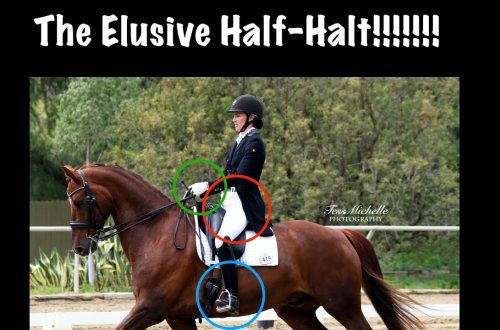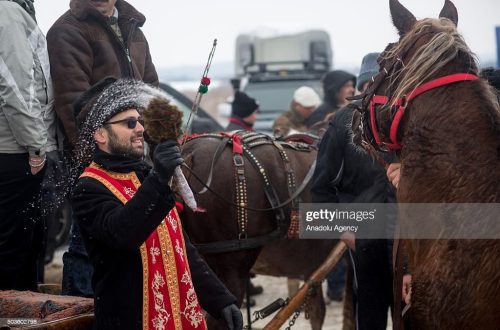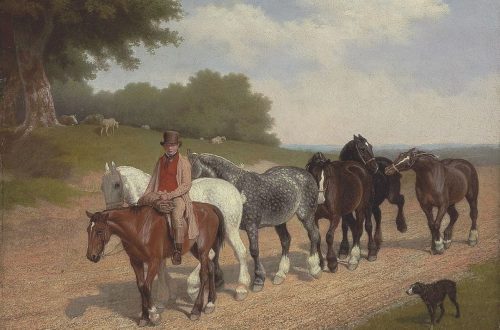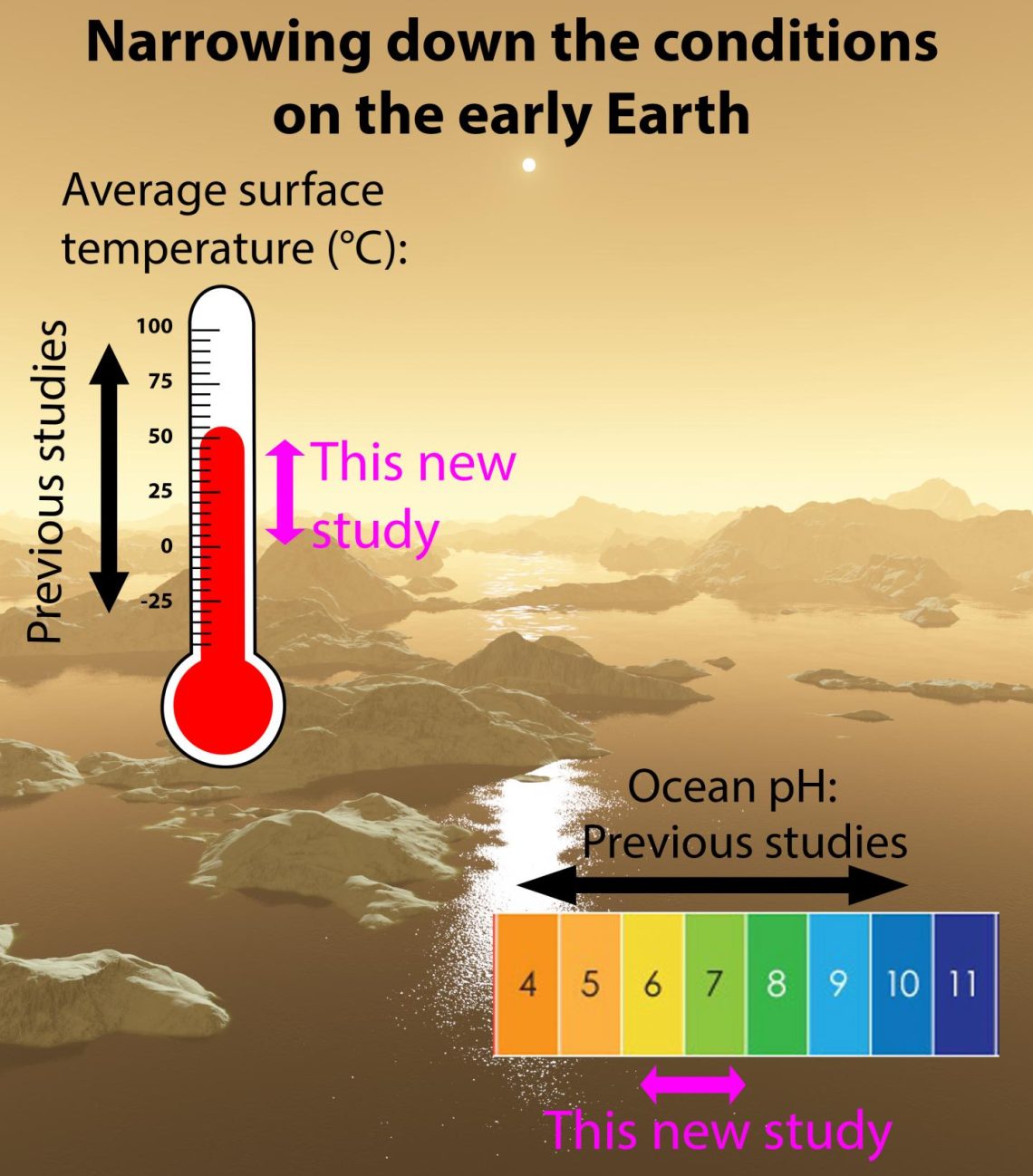
The temperature regime of the stable
The temperature regime of the stable
There is such a wonderful science of zoohygiene. This science regulates the conditions for keeping various groups of farm and utility animals. Strict compliance with the requirements of zoohygiene helps to increase their productivity, productivity and performance.
Today we will talk about horses. And not just about horses, but about horses for sports use. In agricultural universities, including the Academy of Veterinary Medicine, to the greatest regret, the basics of zoohygiene for sports horses are practically not taught. It’s a pity, because the zoohygienic rules for keeping this separate, clearly defined group of animals are radically different from the rules for keeping, for example, working or trotting horses. Even the general rules for keeping riding horses as a whole do not fully reflect the special requirements of zoohygiene for the conditions of keeping horses involved in sports.
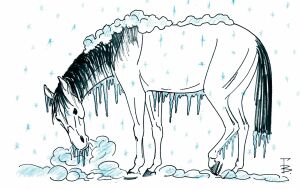
What are these differences?
The most important factor in the formation of the conditions for the maintenance of a particular group of animals are the features of their exploitation. For example, it is quite obvious that the content of horses of the “walking” (that is, working) direction of use simply must be different from the content of “quick gaiters”. If the animals are exploited for a long time (from five to ten hours a day), under conditions of direct environmental influence (in the wind, in the rain, snow, etc.), then the conditions for keeping them in the stable should be almost Spartan. Otherwise, there is a danger of “pampering” the body and exposing it to increased danger from the aggression of the external environment. This principle fully applies to the procedure for keeping horses in a sports direction.
It is also necessary to take into account the following: not just a riding, but a sports horse during training gives off a huge amount of energy. The body temperature of a horse at rest is 37,8-38,2 degrees. During active work, it rises (according to VNIIK) to almost 42 degrees. If the coat of such a horse is dense and thick, then the heat exchange of its body with the air of the external environment will be very difficult and overheating is possible, which in turn can cause irreparable disorders in the body and, as a result, a decrease in working capacity and, possibly, severe diseases. Well-chosen conditions of keeping help to maintain an optimal coat and, accordingly, ensure maximum performance of a sports horse.
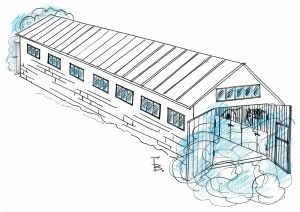
There is no doubt that the temperature regime in the stable is one of the main zoohygienic requirements. It should not only ensure the optimal coat of the animal, but also guarantee its rehabilitation (recovery of the body) after exercise.
It is known that lactic acid, which is produced in the muscles during the training process, breaks down much more slowly at low temperatures due to a decrease in the rate of metabolic processes. Moreover, it can accumulate and lead to myositis, and subsequently to myopathosis – the causes of many types of lameness, including incurable ones.
Often sports horses return to the stable after training sweaty, wet. And if the temperature regime of the sports stable cannot ensure normal drying, then the animal is at an increased risk of respiratory diseases.
So what should be the temperature in the stable and how to ensure it?
Each stable owner must analyze the nature of the use of horses kept under his patronage and, accordingly, determine the optimal temperature regime for himself. And if for working horses the internal temperature of the room is 4-8 degrees – the norm, then for sports horses this is simply unacceptable.
One of the most important ways to maintain the selected temperature in the livestock building is ventilation. I repeat: VENTILATION!!! Not ventilation. In the rules of zoohygiene, there are strict norms for the speed of air movement in the stable. The speed of air movement, exceeding the allowable rate, is called a draught!!! What are dangerous drafts, I think, no need to explain.
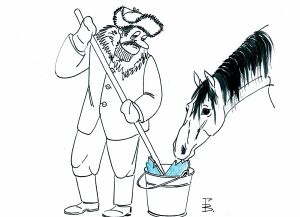
The most dangerous in terms of the likelihood of respiratory diseases caused by forced ventilation are daily temperature changes in the stable.
Premises that are not provided with proper supply and exhaust ventilation and the corresponding cubic capacity (volume) of livestock often suffer from a daily difference of more than fifteen degrees (from 22 degrees at night to 4-6 degrees during the day).
Thus, there is an overheating of the body of animals at night in a closed room, a sharp cooling during the day and hypothermia in the evening due to prolonged ventilation during the day. It is these fluctuations that cause a sharp decrease in the protective functions of the body, which means that they contribute to the occurrence of respiratory diseases caused by bacterial or viral infections.
There is an opinion that the relatively low temperature regimes in the stables contribute to a decrease in the vital activity of the ASPERGILLIS fungus, which is dangerous for the respiratory system of horses. Indeed, some horses suffer from allergies caused by this fungus and its waste products. But ventilation is not the only and also ineffective way to deal with Aspergillis.
Much more effective measures are the disinfection of premises where animals are kept and feeding them with high-quality hay. Decide for yourself what is more important for you – to have a healthy, full of strength, efficient, active horse or mythically protect it from the aggression of the fungus. I would like to add that in horses with a strong, active immune system, the likelihood of a fungal disease of the respiratory tract is almost zero. And to ensure the reliability of the immune system of horses in the first place, properly organized conditions of detention should be.
The microclimate in the stable is calculated from the quantitative indicator of the livestock (gas contamination of the room, heat transfer from the surface of the animal’s body, etc.); the required amount of air (oxygen for breathing, and clean air to reduce the concentration of hydrogen sulfide and carbon dioxide), which fully provides metabolic processes in the horse’s body, and the constant temperature of the room itself, necessary for this group of animals.
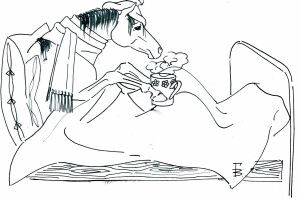
Ways to solve problems of organizing a rational microclimate that ensures the health of animals and increase their performance are:
1. Determination of the correct vital volume of the stable.
2. Calculation of supply and exhaust ventilation, strictly ensuring the speed of air movement, not exceeding the norms of zoohygiene.
Rational decisions can be surprisingly simple. For example, it is enough to build a vestibule, dismantle (even partially) the ceilings in the stable and organize several supply ventilation ducts that do not cause drafts, and the microclimate in the stable becomes almost ideal.
The microclimate in the sports stable should be CALM! Air is CLEAN! And possibly WARM enough!
K.K. Kulchitsky, zoo engineer, trainer, Art. laboratory assistant of the laboratory of immunology of Physical Education of the Academy of Veterinary Medicine, Master of Sports. Rice. V. Glotova
Material taken from the site http://www.zooprice.ru



